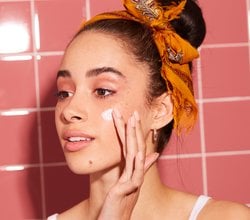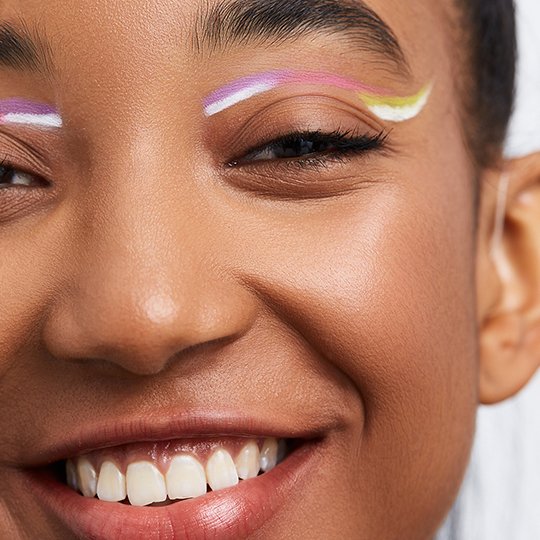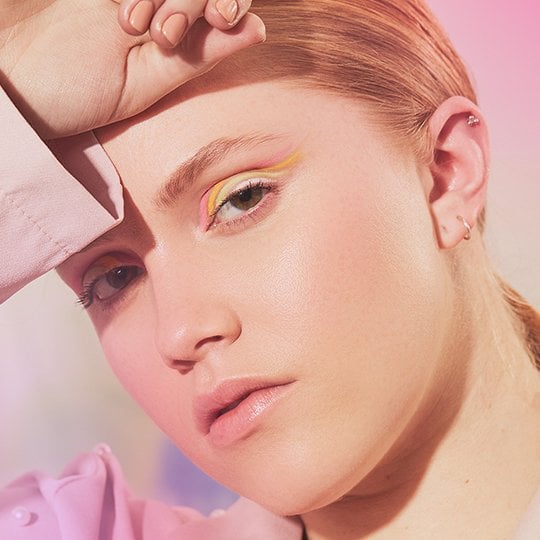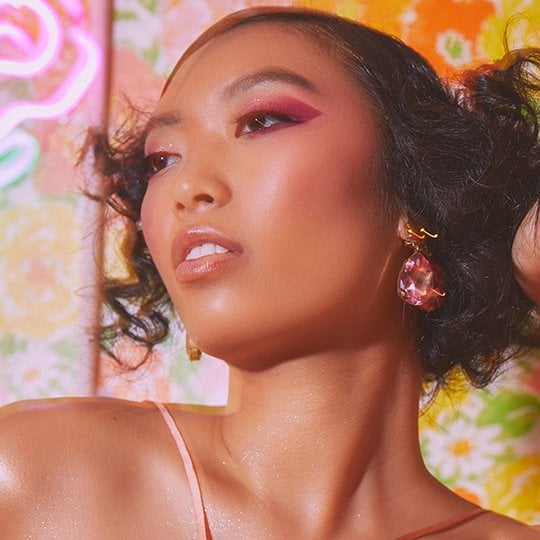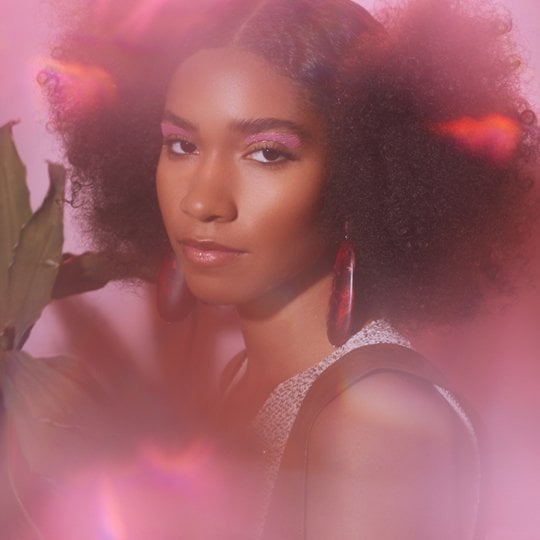How to Go Back To Your Natural Hair Color After a Dye Job
July 17, 2023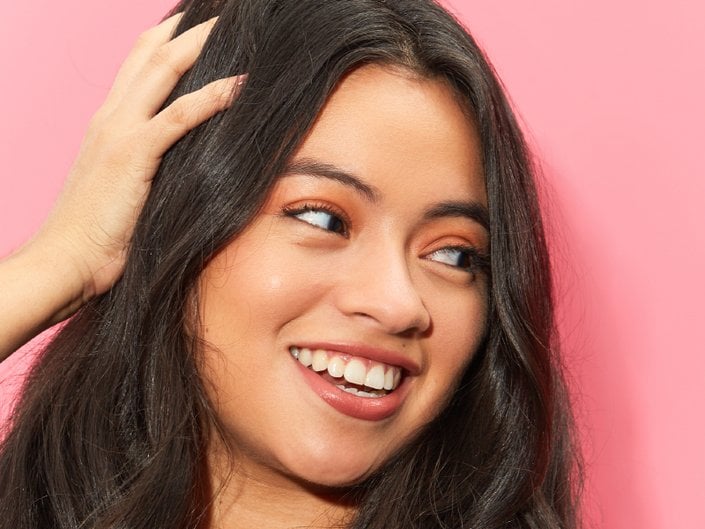
Is It Difficult to Go Back to Your Natural Hair Color?
According to Smith, it can be a challenge to transition back to your natural hair shade post dye-job. “It really depends on your natural color and how far you have strayed away from it,” he says. “If you’ve only gone one shade lighter or darker, sometimes a simple toner or letting it gradually fade over time is enough, while if you’ve gone much lighter or darker it can be quite a bit trickier — even when in the hands of a professional.”
Ultimately, planning out your transition back to your natural color and taking a gradual approach will guarantee the best results. That may look like taking multiple trips to the salon over a period of time to slowly fade back to your color. “If an immediate restoration is required, it’s possible, but expect a long and expensive salon appointment, plus plenty of aftercare guidelines,” says Smith. “The approach will be totally different depending on your natural color and the color that you are coming back from.”
When in doubt, leave it to the professionals. “It’s always best to have a consultation with an experienced colorist to find out exactly what would be involved, as it may be easier or more complicated than you think,” notes Smith.
How to Transition Back to Your Natural Hair Color If You’re a Brunette
If you’re naturally a brunette, there are a few different ways to get back to your natural look, depending on whether you’ve dyed your hair lighter or darker than your natural shade of brown. The key is to not only get most of the outer pigment removed from your hair, but also to restore its underlying pigments.
Option 1: Try an Orange Undertone Followed By a Neutral Color
Opting for a hair dye with an orange undertone first “is necessary to ‘fill’ the hair so that the color doesn’t look flat and hollow,” explains Papanikolas. “Next, go over the hair again with a neutral tone for a balanced end result,” says Papanikolas. For brunettes, we love the Garnier Olia Ammonia-Free Hair Color in Medium Neutral Brown, which is an at-home hair color kit that offers vibrant color and visibly healthier looking hair.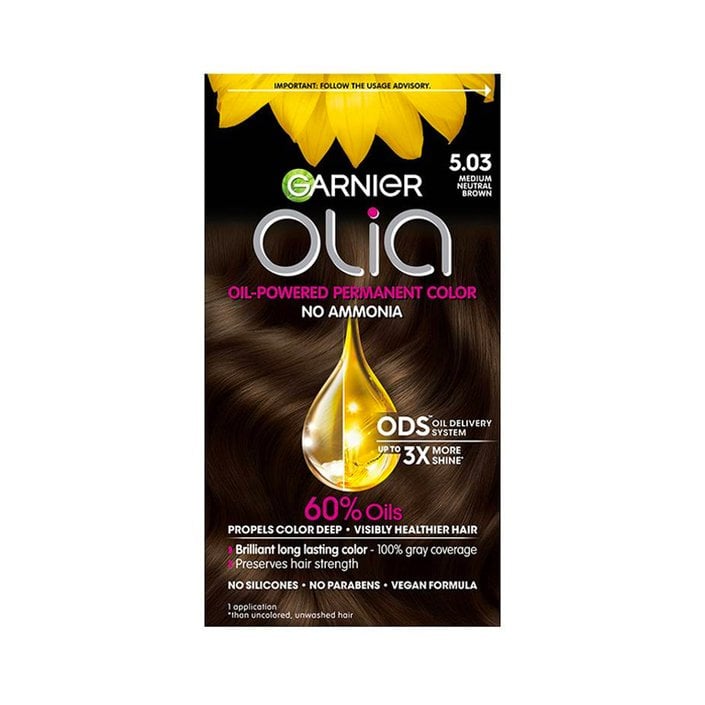
Option 2: Space Out Root Touch-Up Appointments
If you have naturally dark hair and have colored it significantly lighter, you’ll want to take a more gradual approach to your transition back to the dark side. “If you’ve been much lighter and you want to go back to your deeper brunette hair, you can opt to gradually reduce the amount of lightness you add and go longer between root touch up appointments over time,” explains Smith. “Opt for more scattered and blended highlights until your hair grows down.”
Option 3: Tone Down Blonde Hues With Lowlights
Lowlights are a great option if you want to get closer to your natural hair color faster without making the full transition. “You can add panels of lowlights to tone down your blonde without losing it entirely, making it look more like your natural color is enhanced rather than totally changed,” says Smith.
Option 4: Plan for a Full Day at the Salon
Maybe you’re having regrets about your decision to go blonde (it happens!) and you want to go back to brunette ASAP. Find a colorist you trust and prepare for a long day at the salon.
“To go from blonde to brunette immediately requires a multi-staged salon visit, where the hair is filled back up with the warm tones that lightening it had removed, and then another layer of your target brunette shade,” explains Smith. “Previously lightened hair will always be subject to a faster fade and so using at-home maintenance toners like the evo Fabuloso Pro Customised Color-Boosting Treatments or visiting your salon for subsequent top-up toners is a really good idea.”
Option 5: Lighten Up With Color-Correcting Techniques
If you’re naturally a brunette and you’ve dyed your hair even darker, you’ll most likely need to have your hair professionally lightened by a colorist. “If you colored your hair darker than your natural brunette, lightening a very dark color also requires a bit of a color correction and is best left in the hands of a professional,” says Smith. “You should expect your hair to lift warm, and so you may need to lift lighter than your natural color in order to be able to tone down and match your natural tone exactly.”
How to Transition Back to Your Natural Hair Color If You’re a Blonde
Option 1: Follow Up With Highlights
This may come as a surprise, but if you’re a blonde with highlights and want to get your hair back to your natural color, you may have to follow it up with highlights once again, says Papanikolas. Try using the Garnier Olia Highlights in H02 - For Blondes, which is a highlighting kit that can help you create subtle contrast and highlights in your hair. This shade is best for anyone with natural hair between light blonde and dark blonde. “It’s important to be super gentle as the hair is very delicate and fragile in the pre-lightened state,” he says.
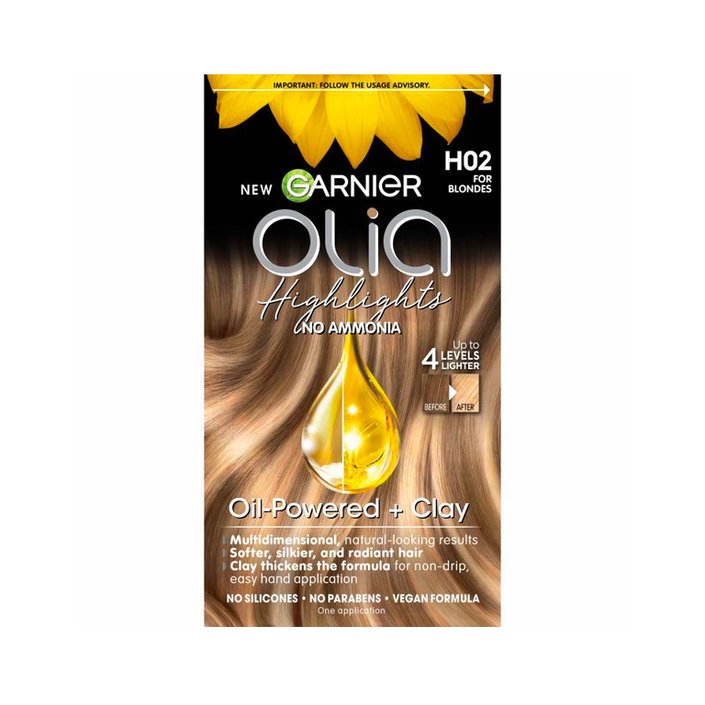
Option 2: Apply an At-Home Toner
“If you’re naturally blonde, and you’ve been lightening your hair further, it’s quite an easy transition to fade back to your natural color, as sometimes a simple toner is enough,” says Smith. We like the Kérastase Masque Ultra-Violet Purple Hair Mask for an at-home option. Just apply in the shower after shampooing, allow it to soak in for a few minutes, then rinse.
Option 3: Lift Dark Color With the Help of a Professional
The transition from hair that’s been dyed darker back to natural blonde is a bit more complicated. “If you’ve been dying your hair much darker and your roots are coming through much lighter, it’s a bit trickier,” explains Smith. “All of that dark color needs to be lifted out by a hair professional, and this can sometimes take more than one go, depending on how much darker you were.” According to Smith, this type of transformation is best suited for a professional.
How to Transition Back to Your Natural Hair Color If You’re a Redhead
Surprisingly, returning back to your natural red hair shouldn’t be too difficult, but may still require a professional hand depending on whether you lightened or darkened your hair.
Option 1: Maintain Your Red Color With a Treatment
“Toning down added lightness and restoring it back to your natural red tones is usually quite straightforward, but any hair that has previously been lightened will be subjected to a faster fade out and so it’s essential to keep your hair color topped up at home,” says Smith. Reach for a toner for red hair, such as the L’Oréal Paris Le Color Gloss One Step Toning Hair Gloss in Copper.
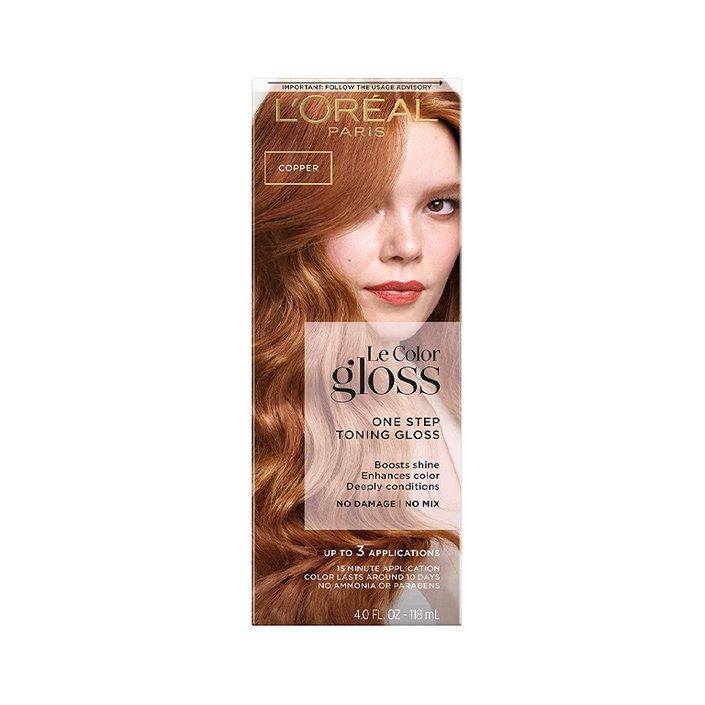
Option 2: Book an Appointment
As with blonde hair that has been dyed darker, red hair that has been dyed darker will require a professional colorist to lift out dark tones and re-dye your hair to match your natural red color. “Thankfully, dark hair always lifts warmer and so matching your natural warm redhead hair will be easier than if your natural color was more ashy,” notes Smith.



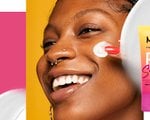

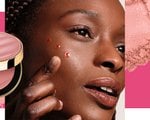

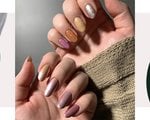
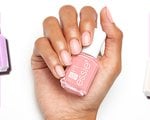
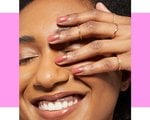
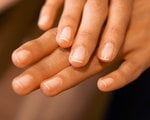

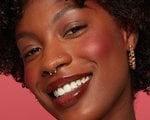


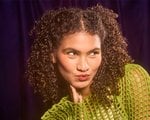





.jpg?cx=0.5&cy=0.5&cw=150&ch=120&blr=False&hash=27326E4FE66B0A2BFABAF4995DA29DC5)

